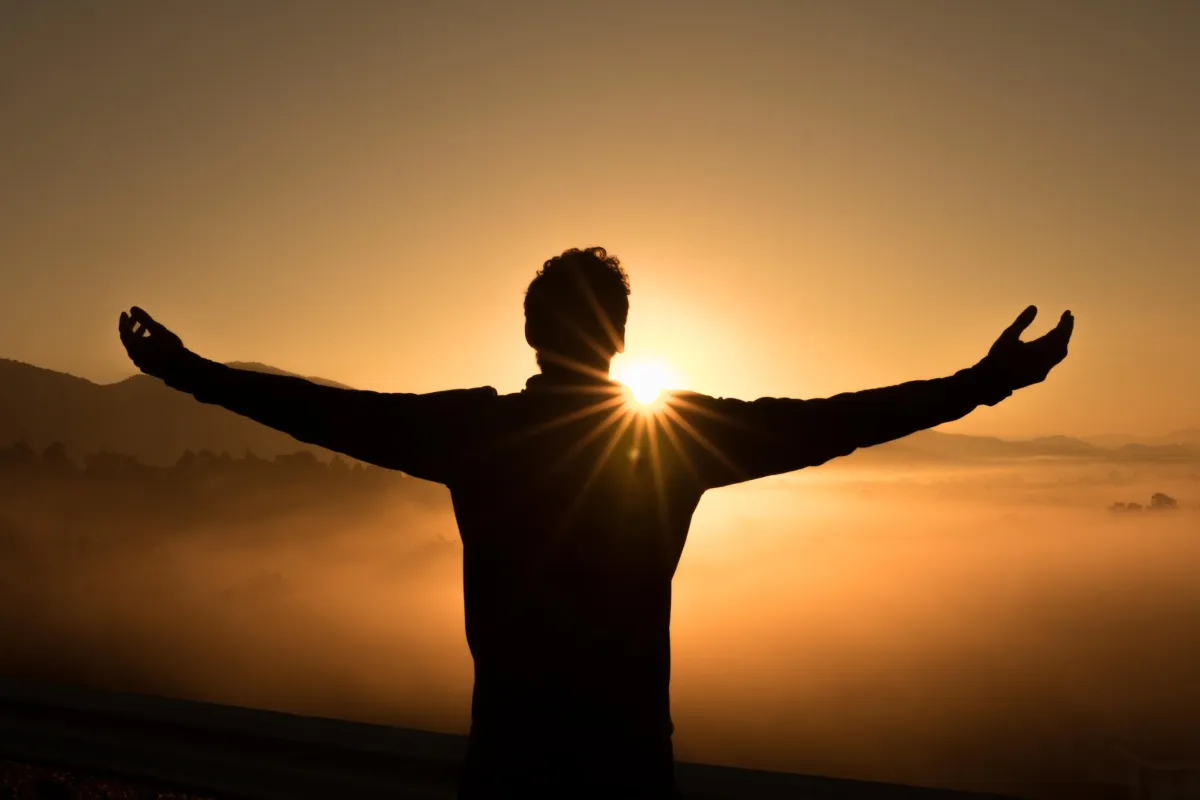Get Cozy & Enjoy

Journeying Through Pranayama
"Your breath should be light, even and flowing, like a thin stream of water running through the sand. Your breath should be very quiet, so quiet that a person sitting next to you cannot hear it. Your breathing should flow gracefully, like a river, like a water snake crossing the water, and not like a chain of rugged mountains or the gallop of a horse. To master our breath is to be in control of our bodies and our minds. Each time we find ourselves depressed and find it difficult to gain control of ourselves by different means, the method of watching the breath should always be used." ~Thich Nhat Hanh
Breathing is an involuntary action; it's what keeps us alive. But in the world of yoga, breathing transforms into something deeply intentional and profoundly transformative: Pranayama.
The word 'Pranayama' has its roots in 'prana', meaning vital life force. This is where we shift from the tangible, physical realm to the subtle, ethereal one.
The fourth limb in the Eight Limbs of Yoga, Pranayama bridges our physical practices with the more internal, meditative aspects. Delving into the Yoga Sutras, Pranayama revolves around three pillars: inhalation, exhalation, and retention. Each has its own essence and purpose, forming the trinity that takes us closer to our inner selves.
In his compelling book "Meditations From The Mat," Rolf Gates gorgeously writes, "In the Yamas and the Niyamas, and in Asana, we begin to confront our demons. In Pranayama we take a stand. If we use the opportunity to practice pranayama properly – that is, if we take responsibility for everything we do and do not do – we will authentically encounter our blocks to love. We will come to know the nature of our own war with reality, and we'll develop the willingness to let it go."
Pranayama trains our minds to focus. It’s not just about taking air in and out. It’s about being in the present, understanding the rhythm of our body, and cultivating a deeper connection with ourselves.
It's incredible how slow and steady breathing can usher in a sense of calm and peace inside our body and mind. Pause and ponder: How often do you notice what pattern your breath is taking?
Let's do a small experiment, to notice how your breathing changes, depending on your emotions. Take a moment, close your eyes, and think of a joyful memory. Observe your breath.
Now shift your thoughts. If you're feeling stable and supported, you can take this to the next level by thinking about something that is upsetting to you. Whether that's super personal or something on a global scale, close your eyes and think about something distressing. Notice what your breath does then. Where it lands, its depth, and any sensations you might notice. After you've made a mental note of your observations, to lift your spirits, let's end by focusing on something joyous again.
Through the years, I've read various texts recommending folks learn pranayama techniques from qualified professionals, and I have mixed feelings about this. There are valid arguments on both sides of the debate.
On the one hand, the world of pranayama is intricate and layered. There absolutely are nuances to various breathing techniques that can have an impact on the body – and sometimes that impact might be less-than-desirable. For instance, if you're experiencing the trials of menopause during a sweltering summer, you'd be wise to stay away from the Breath of Fire or Kapalabhati. These types of breathworks, known for generating heat in the body, would intensify your discomfort.
Additionally, if you've been diagnosed with conditions like high blood pressure, you should be wary of certain techniques that might exacerbate it. It's like treating breathwork as you would any form of exercise or medication – with caution and respect.
And on the flip side, I'm not a fan of gatekeeping, especially when it pertains to education and self-improvement. The internet has abundant knowledge, with a plethora of resources available. If you're intent on embarking on the pranayama journey by yourself, my humble advice would be to dive deep into research. However, to ensure you're on the right track, consider studying under the guidance of a seasoned teacher.
Pranayama is often seen as the appetizer to a meditation session. By merely sitting still, focusing on your breath, and breathing slowly, you've already initiated the process of meditation. Many find solace in this alone, making it the entirety of their practice.
Whether you're new to Pranayama or have been practicing for years, it's a journey of discovery. Embrace it with an open heart, mindful intentions, and always, always breathe with purpose.